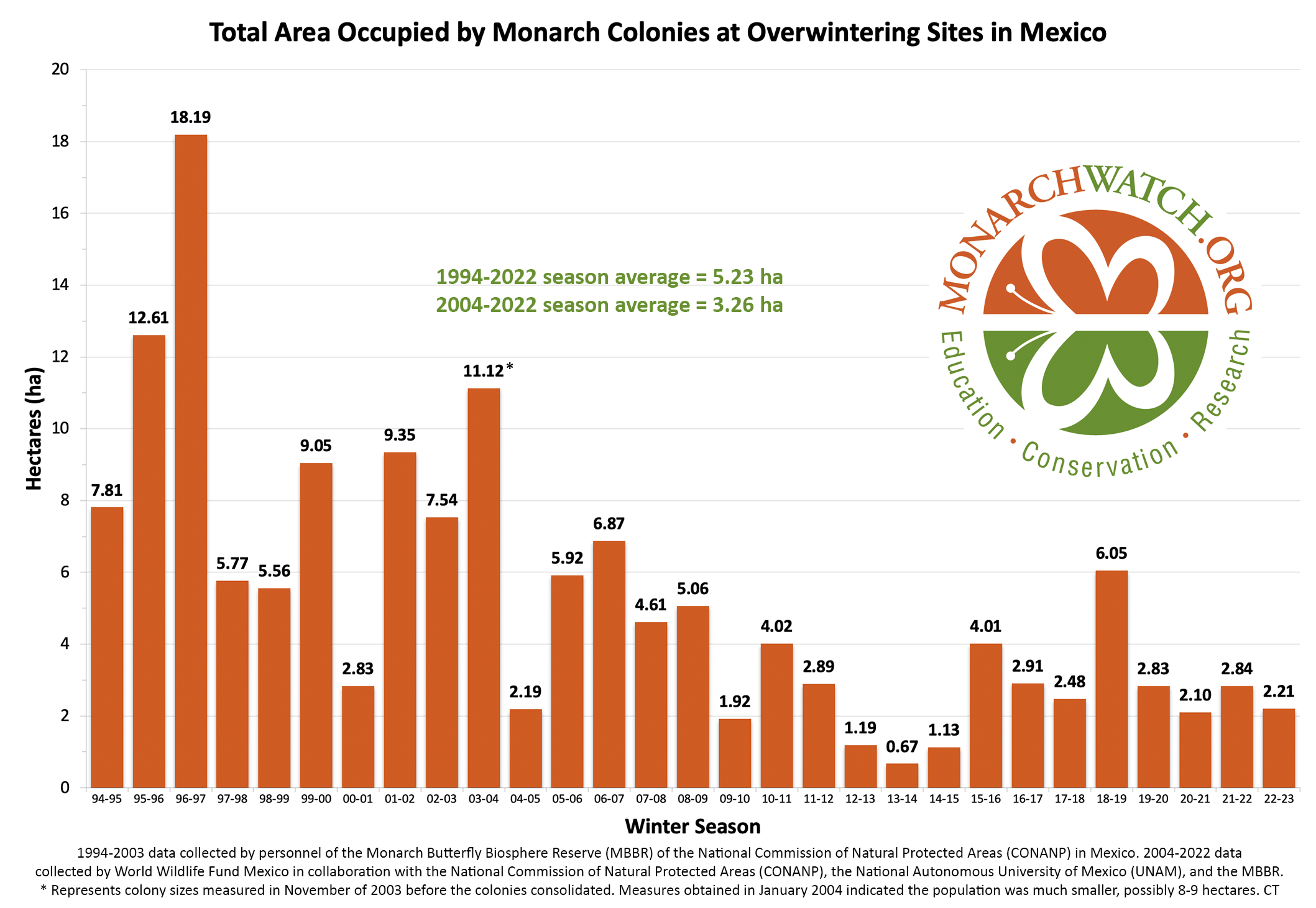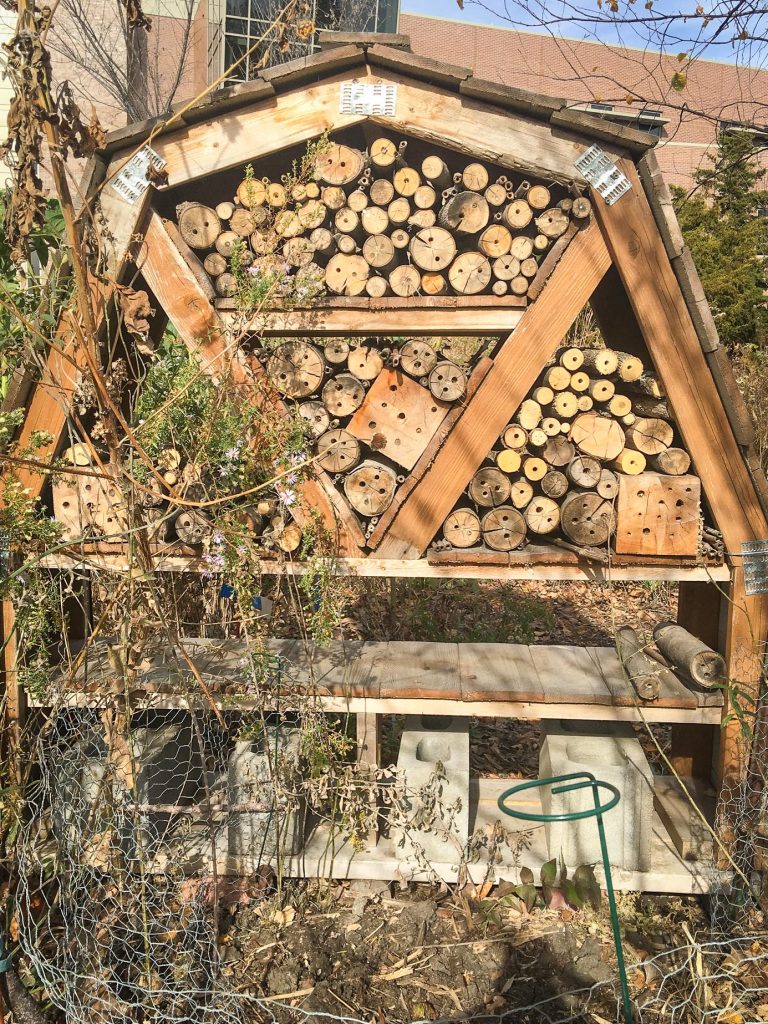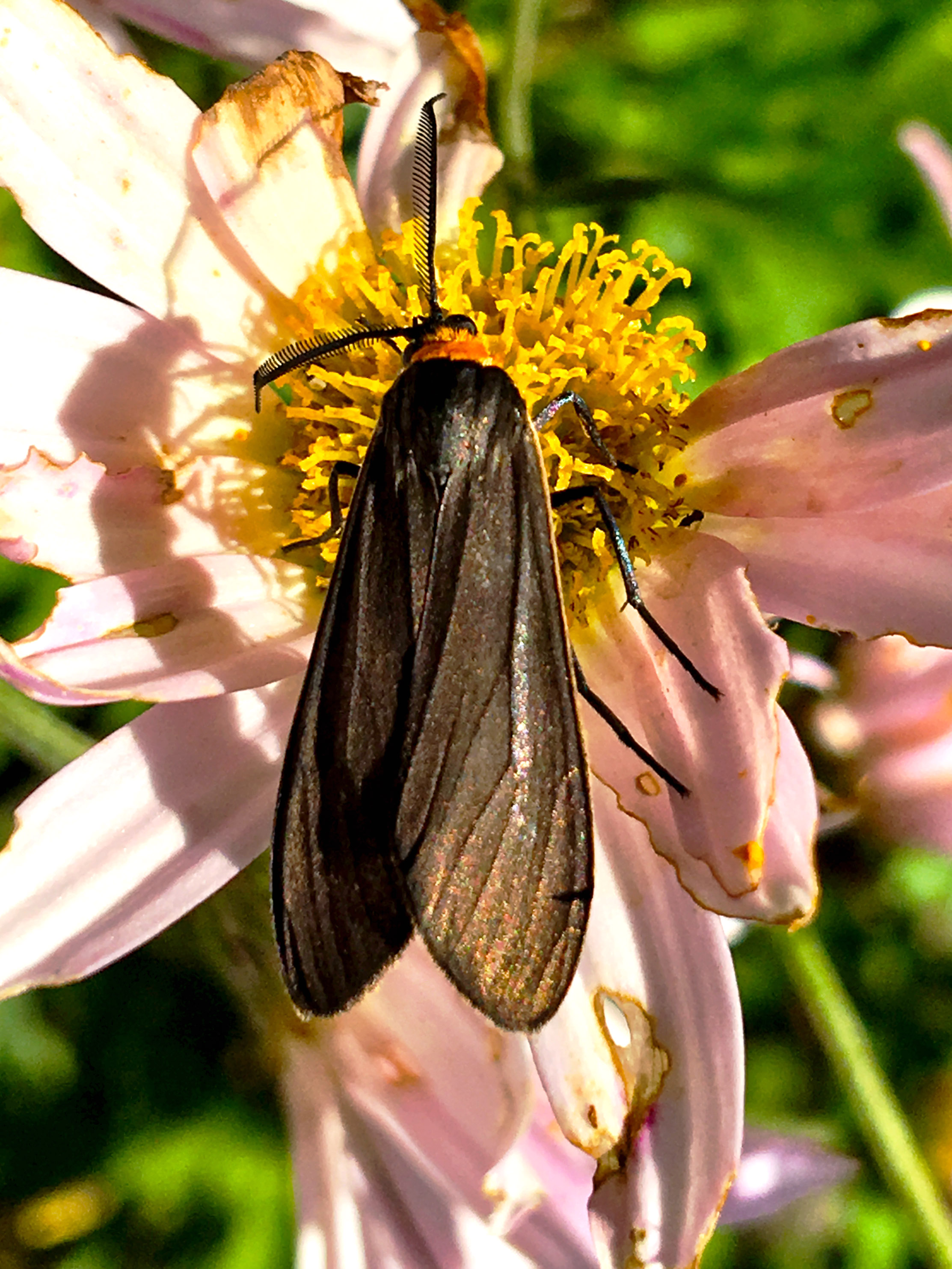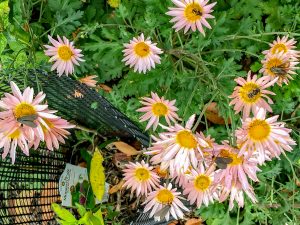Student Challenge Questions: Set One
Thank you for visiting! We hope you find these challenges helpful. They can be used as stand-alone assignments or to initiate class discussion. Since these are general, all-age challenges, you may need to modify them to fit the needs of your specific students.
Challenge Items

Use the graph to investigate the monarch population data. Some possible questions to initiate the exploration:
- What is some of the key information this graph shows?
- What is a hectare? Is one hectare smaller or bigger than one acre?
- How do you think the monarchs are counted? Would you change this technique if you were in charge? Why/Why not?
- How many years of population counts does this graph show? What is the mean, median and mode of the data?
- What are some variables that cause the numbers to fluctuate over the past 23 years?
- What are some main reasons the 2004-2016 average is lower than the 1994-2016 average? Why is this important to highlight?
Now, come up with five questions of your own and then seek the answers!
Overwintering Monarchs
We all know the monarch migration is certainly spectacular. Equally impressive is how the monarchs survive four months in their overwintering sites. Monarchs overwinter in the oyamel fir forests of Michoacon, Mexico. This unique, mountain habitat occurs between 7,800 feet and 11,000 feet above sea level. There are only 12-13 roosting sites scattered in this 73 mile wide region of Transvolcanic mountains.
So, what do monarchs do while overwintering in these forests? What is their behavior like? How do they survive the winter at that altitude? How do they know it is time to leave the roosting sites and begin migrating north?
These are all great questions I have received from various students that could be discussion starters for you and your students. Since the Monarch Waystation Network encourages self-exploration and discovery, instead of providing answers, here are some resources to get you/your students started!
Facts about the oyamel fir forests
The "Start of Spring"
When is the "start of spring"? And what does that even mean? What are the 14 indicators of climate change released by the US Global Change and Research Program in 2015? What are some ways they are used to guide policy making? How are teachers and students across the country learning about phenology, and participating in scientific phenological research in their school gardens and Waystations? Why is it important to observe and document the "start of spring" each year? What is the Start of Spring indicator? How do these data inform us about our changing planet?
How can you and your students contribute to this huge bank of extremely important scientific data?
Click the link to learn more about the USA-NPN Nature's Notebook project.
Build a Native Bee House/Pollinator Habitat
One way to provide habitat and encourage native pollinators to take up residency in your garden is to build a bee house. Building a bee house can be a fun and rewarding class project during the "off season" months! There are many ways to build a native bee house, and a simple internet search will provide plenty of examples and instructions. After adding the house, it may take a season or two before bees begin using it.
Native Bees
When attention is given to pollinators, it is usually placed on honeybees. Honeybees are important pollinators, but what about native bees? Native bees are extremely important pollinators, and their populations continue to decline due to much of the same reasons honeybee populations are declining. Here is a project that can be modified to any age group.
- According to most sources, there are approximately how many native bee species are in the United States alone?
- Why are these native pollinators an important part of our ecosystem?
- What are some reasons native bee populations are rapidly declining?
- Can anything be done to help the native bees? If so, what?
- What is the species name of the largest native bee? And the smallest?
Aposematism
- What is aposematism?
- Why do animals, such as monarchs, develop these adaptions?
- How do tiger moths like the Cisseps fulvicollis (Yellow/Orange-Collared Scape Moth) pictured below display aposematic characteristics?
- Many moths are nocturnal. How does Batesian mimimcry serve them in their survival strategies? Compare this impressive adaptation to radar jamming, which is done by military jets.
Fall Pollinator Frenzy
- How many pollinators can you spot? (click photo for a larger view)
- Can you identify any of them? How about their taxonomic classification?
- How many insect taxonomic orders are represented in this one picture? Can you name them all?
- What type of flowers are these that are attracting so many pollinators?
- There is a honey bee hive nearby, but why don't you see any here?
Wolbachia
- What is Wolbachia?
- What percentage of the insect kingdom is Wolbachia found on?
- Why is there hope that Wolbachia could help the world in a major way?
- Should humans be worried or excited? Why/Why not?
- There is one insect in particular that scientists are focusing their efforts on, in regards to Wolbachia. What is this insect and why are scientists so optimistic?
- How do you feel about scientists using Wolbachia in attempts to fight some of the worlds deadliest viruses? Do you think it could work? What are the potential hazards?
The Timing of Natural Events
- What are some changes that you see in nature over the course of the year?
- Describe how nature changes over time.
- Why does nature change over the course of the year?
- What can we learn by observing the changes in nature over time?
- What is the field of study devoted to these cyclical changes called?
- What are the three main non-biological factors that affect this field? Hint: one factor is precipitation.
What insects are you currently seeing in your Waystation Garden?
- Take a camera into your school garden
- Snap at least one picture of any insect you see
- Check out some resources and identification guides
- Identify your insect(s)
- Come up with at least five questions about your insect


